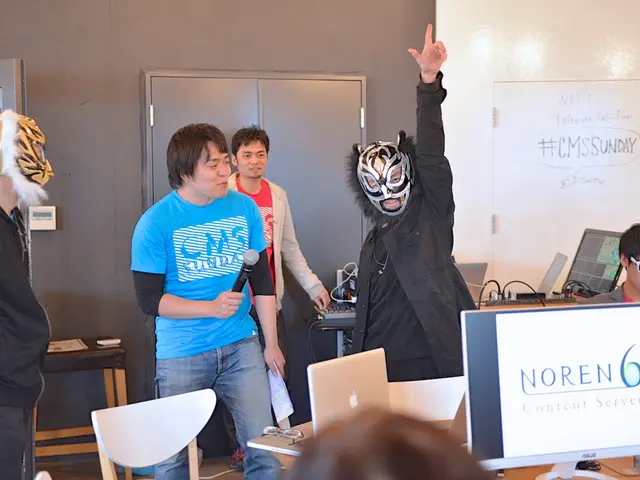Revolutionary Transformations in Fashion Modeling Agencies: Unveiling the Top Ten AI Impacts
The fashion industry is undergoing a significant transformation, with artificial intelligence (AI) playing a pivotal role in reshaping the traditional modeling landscape. AI is revolutionizing the industry by enabling the creation and use of AI-generated digital models or virtual influencers.
These virtual models, created with 3D modeling and generative AI, can replicate human appearance and expressions for marketing campaigns, significantly reducing costs and allowing scalable content production without the need for physical photo shoots or human models.
Virtual Models and Influencers
AI-generated digital models serve as virtual influencers on social media and in advertising, providing brands with flexible, customizable, and always-available talent that can be tailored to any style or trend without logistical constraints.
Personalization and Customization
AI supports hyper-personalization by enabling made-to-measure fashion through body scans and AI-based suggestions. This personalization trend extends to digital avatars and models, where consumers or brands can co-design or alter looks easily.
Virtual Try-Ons and Augmented Reality
AI powers virtual try-on technologies for consumers to see how clothes look without physical fitting. This also parallels virtual fitting for AI models, enhancing realism and interactivity in digital presentations.
Trend Forecasting and Design
AI analyzes vast datasets (social media, runway photos, sales data) to predict and generate trending designs and fashion styles that virtual models can showcase in digital campaigns. This speeds up cycle time from design to market and keeps content fresh.
Sustainability and Efficiency
By using virtual models, brands reduce the environmental impact related to traditional photoshoots (travel, materials, production), aligning with slower fashion and waste reduction initiatives.
Algorithms Influencing Beauty Standards
Algorithms trained on large datasets can influence what is perceived as beautiful or marketable in the modeling industry. When designed ethically and inclusively, these systems can help redefine beauty standards by promoting natural, cultural, and unconventional aesthetics.
Reduced Production Costs
The use of virtual runways and AI models in fashion shows reduces production costs compared to traditional physical events.
Responsible Embracement of AI
Agencies that embrace AI tools responsibly will stay ahead in an increasingly competitive and digitized market. The future holds unlimited possibilities for those willing to adapt, powered by innovation, inclusion, and intelligent automation.
AI-Driven Model Portfolio Management
AI-driven platforms are being used for administrative tasks such as scheduling, portfolio updates, client communications, and contract management, streamlining these processes and reducing human errors.
Ethical and Privacy Considerations
The use of AI in fashion modeling raises ethical questions, including the need for strict privacy regulations, transparency, and respect for the rights and dignity of models, especially minors or those from vulnerable communities.
As AI continues to evolve, it's clear that the fashion modeling industry will continue to be reshaped. The shift from traditional human-centric models to virtual, AI-driven digital personas promises a future of creative expression, personalization, and efficiency. However, it's essential to approach this transformation responsibly, ensuring ethical considerations and privacy regulations are prioritized.
- AI-generated digital models, serving as virtual influencers, are revolutionizing the fashion industry by providing brands with flexible and always-available talent on social media and advertising.
- AI also powers trends forecasting, enabling the creation of trending designs and styles that virtual models can showcase in digital campaigns, thereby speeding up cycle time from design to market.
- In the realm of fashion shows, the use of virtual runways and AI models reduces production costs compared to traditional physical events, offering a more sustainable and efficient approach.




